Image Automation-AI Image Generation
AI-powered image creation tool.
Générez une image à partir d'un texte :
Générez une image à partir de votre description :
Génèrez une image à partir d'un lien d'article de blog :
Related Tools
Load More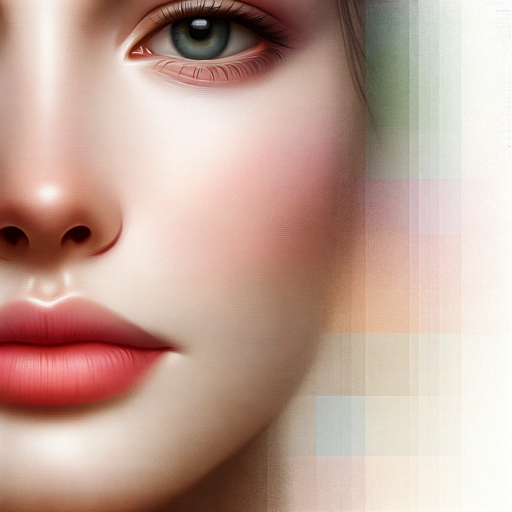
Image to Text to Image
Analyzes photos, describes them, and generates new images.

Image Modifier
I modify parts of images as directed.

IMG TO IMAGE
Creates and enhances images from uploads with tailored options.
Image Copy Machine 👉🏼 Auto-improve version
The best image copying tool. Works as an img2img machine that will auto describe any jpg, png or svg file, and recreate it. You can modify the style and blend images.

Image Emulator
Replicate images in different styles using DALL-E 3. Copyright (C) 2023, Sourceduty - All Rights Reserved.
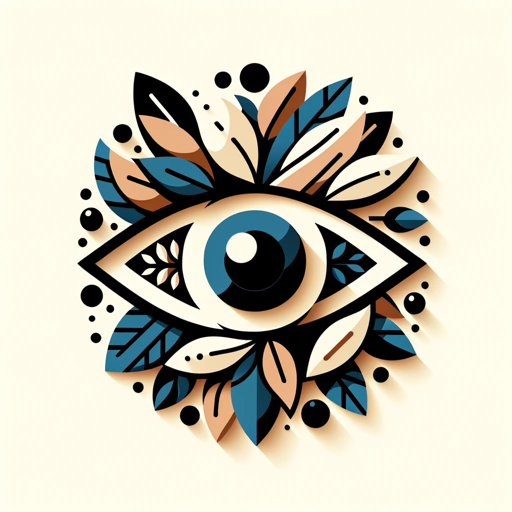
Image Imitator
Analyzes images, creates prompts & generates similar (or merge into new) images
20.0 / 5 (200 votes)
Introduction to Image Automation
Image Automation is a specialized system designed to automate the generation of images based on text descriptions, URLs, or pre-defined instructions. It leverages advanced AI technology to interpret user inputs and produce visual outputs in various styles and dimensions. The primary purpose of Image Automation is to streamline the process of creating visual content, making it accessible and efficient for users who need high-quality images for different applications. For example, a marketing team can use Image Automation to generate custom illustrations for a campaign without needing a graphic designer, or a content creator can quickly produce visuals to accompany their blog posts.

Main Functions of Image Automation
Text-to-Image Generation
Example
Generating an image from a detailed text description.
Scenario
A user provides a detailed description of a sunset over a beach, and Image Automation generates a realistic or stylized image based on the provided description.
Description-to-Image Generation
Example
Creating images based on user-entered descriptions.
Scenario
An artist describes a concept for a new character, and Image Automation produces an illustration that matches the artist's vision.
URL-to-Image Generation
Example
Generating images from the content of a blog post or article.
Scenario
A blogger provides a URL to their latest article about urban gardening, and Image Automation generates an image that captures the essence of the article's content.
Ideal Users of Image Automation
Marketing Teams
Marketing teams can use Image Automation to quickly generate visual content for advertising campaigns, social media posts, and promotional materials. This helps them save time and resources while maintaining a high level of creativity and customization.
Content Creators
Content creators, such as bloggers, writers, and social media influencers, can benefit from Image Automation by easily producing high-quality images to complement their content. This enhances the visual appeal of their work and engages their audience more effectively.

How to Use Image Automation
Step 1
Visit aichatonline.org for a free trial without login, also no need for ChatGPT Plus.
Step 2
Ensure you have a clear description or URL for the image you want to generate. Prepare this information before starting the process.
Step 3
Select the appropriate option for generating the image: from text, description, or URL. Enter the relevant details when prompted.
Step 4
Choose the dimensions and style for your image. Options include square, portrait, or landscape for dimensions and various artistic styles.
Step 5
Review the generated image. If necessary, make adjustments to the input details and regenerate the image for the desired outcome.
Try other advanced and practical GPTs
星语塔罗
AI-Powered Tarot Reading for All
AppliView HR Co-pilot
AI-powered automation for HR tasks.
Content Rewriter
AI-powered tool for unique, optimized content.
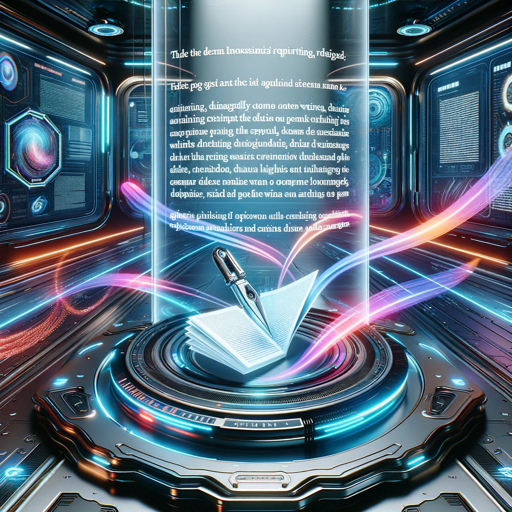
Crypto - Stocks - Forex- Trading - Chart Analysis
AI-powered technical chart analysis tool

Knowledge Scanner 知识探测器
AI-powered interactive learning experience.

Value Investor - Stock Analysis
AI-Powered Stock Analysis for Smart Investments

Mejorador de Textos
AI-powered Spanish text enhancer

QuickGPT
AI-powered tool for instant information.
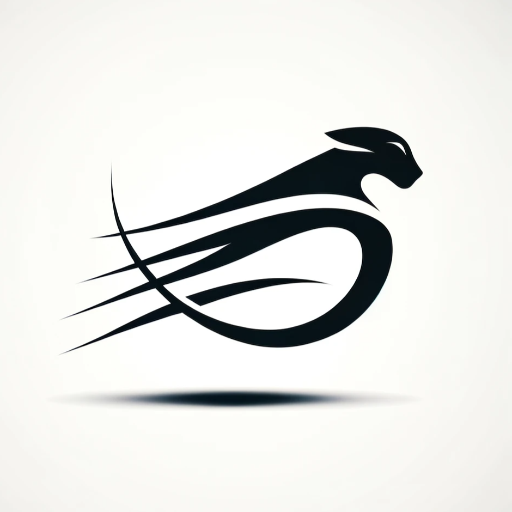
SEO Keyword Genius
AI-powered tool for keyword optimization

Django Guide
AI-powered assistance for Django developers

完蛋!我要攻略白洁了!
AI-powered character interaction simulator.

Animalizer
Transform faces into animals with AI!
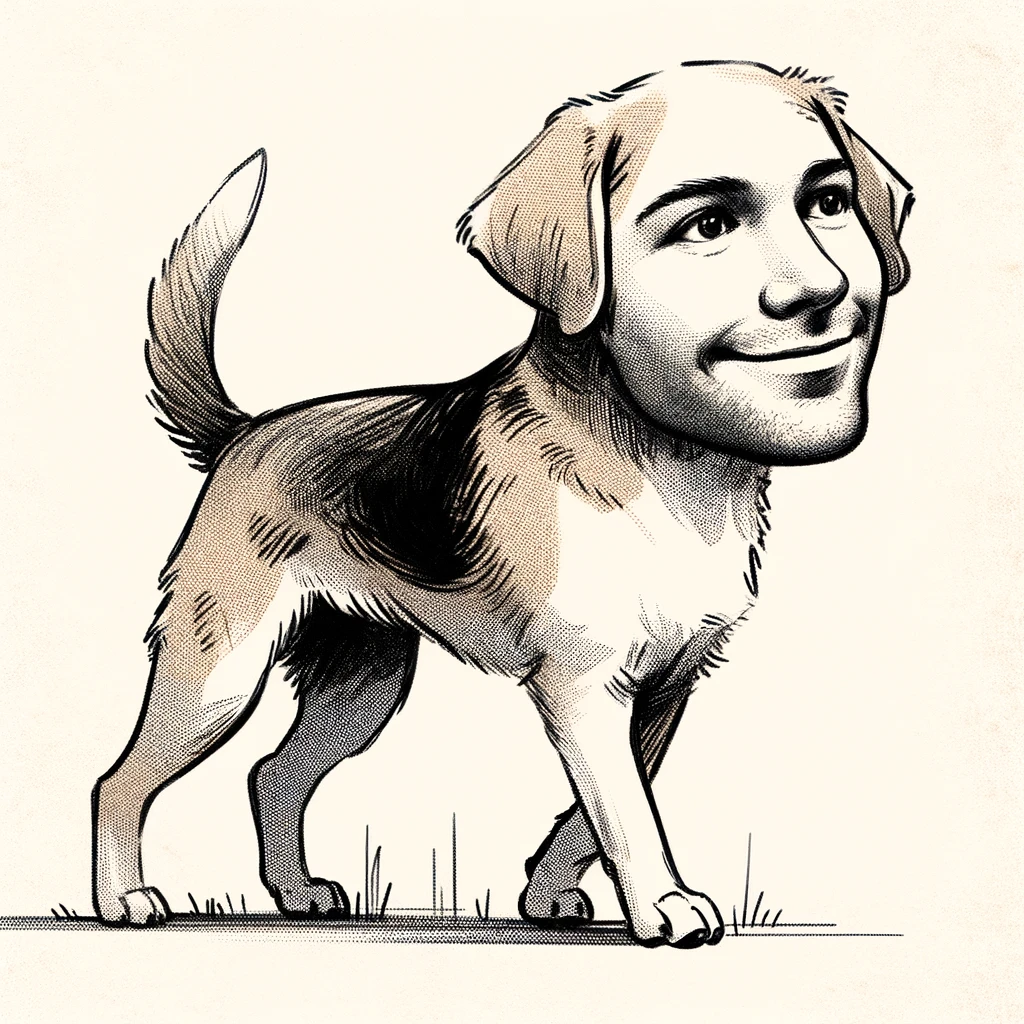
- Social Media
- Marketing
- Education
- Illustration
- Creative Art
Image Automation Q&A
What is Image Automation?
Image Automation is a tool that leverages AI to generate images based on text descriptions, detailed descriptions, or URLs, offering various dimensions and styles.
How can I start using Image Automation?
Begin by visiting aichatonline.org for a free trial. No login or ChatGPT Plus subscription is required.
What types of images can I generate?
You can generate images in multiple dimensions (square, portrait, landscape) and styles (photo, painting, illustration, drawing, cartoon, 3D render, vector, watercolor).
Are there any prerequisites for using Image Automation?
Ensure you have a clear and detailed description or a URL for the image you want to generate. This helps in creating accurate and visually appealing images.
What are common use cases for Image Automation?
Common use cases include generating illustrations for blog posts, creating visual content for social media, producing educational materials, designing marketing graphics, and developing creative artwork.